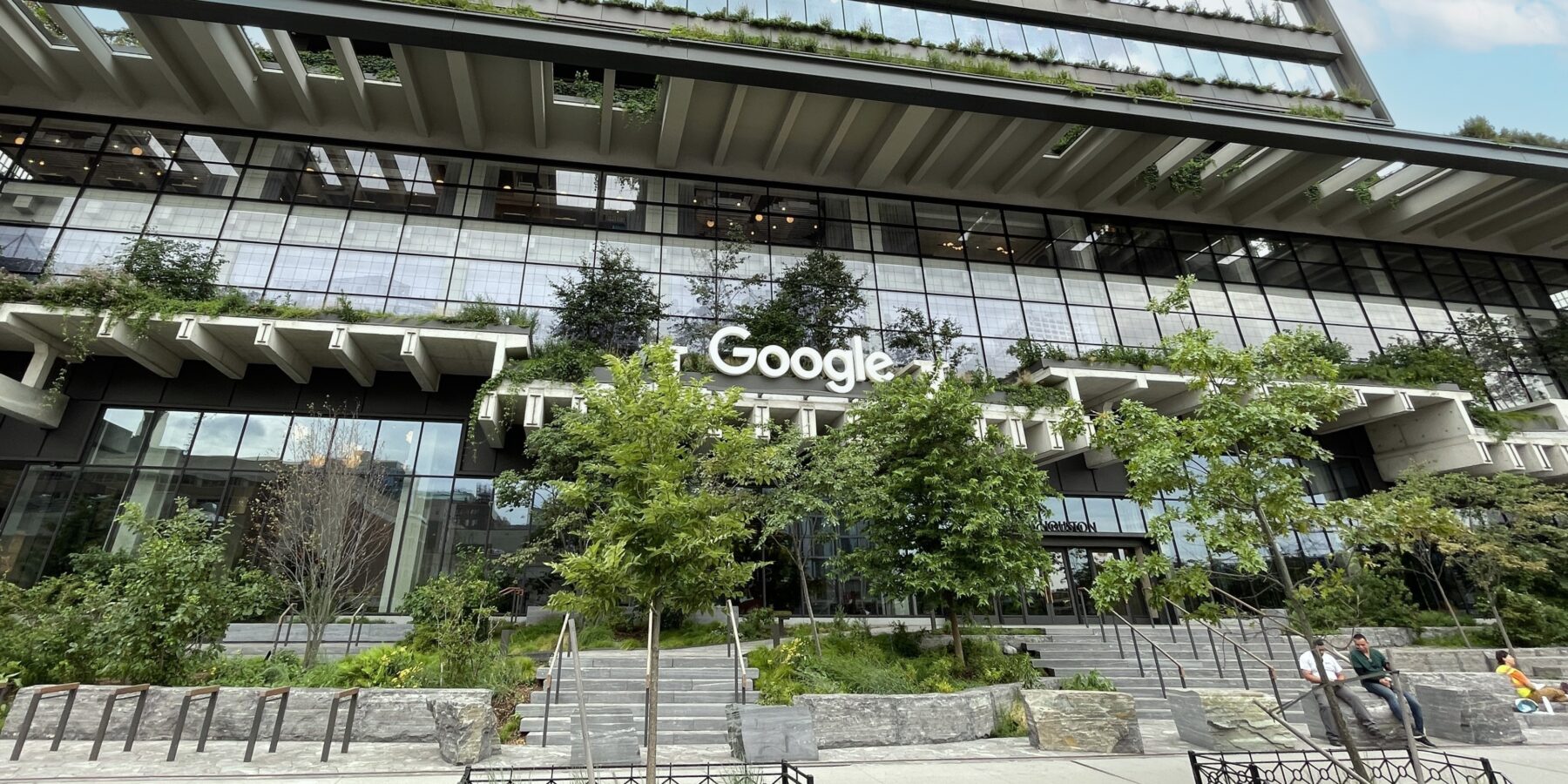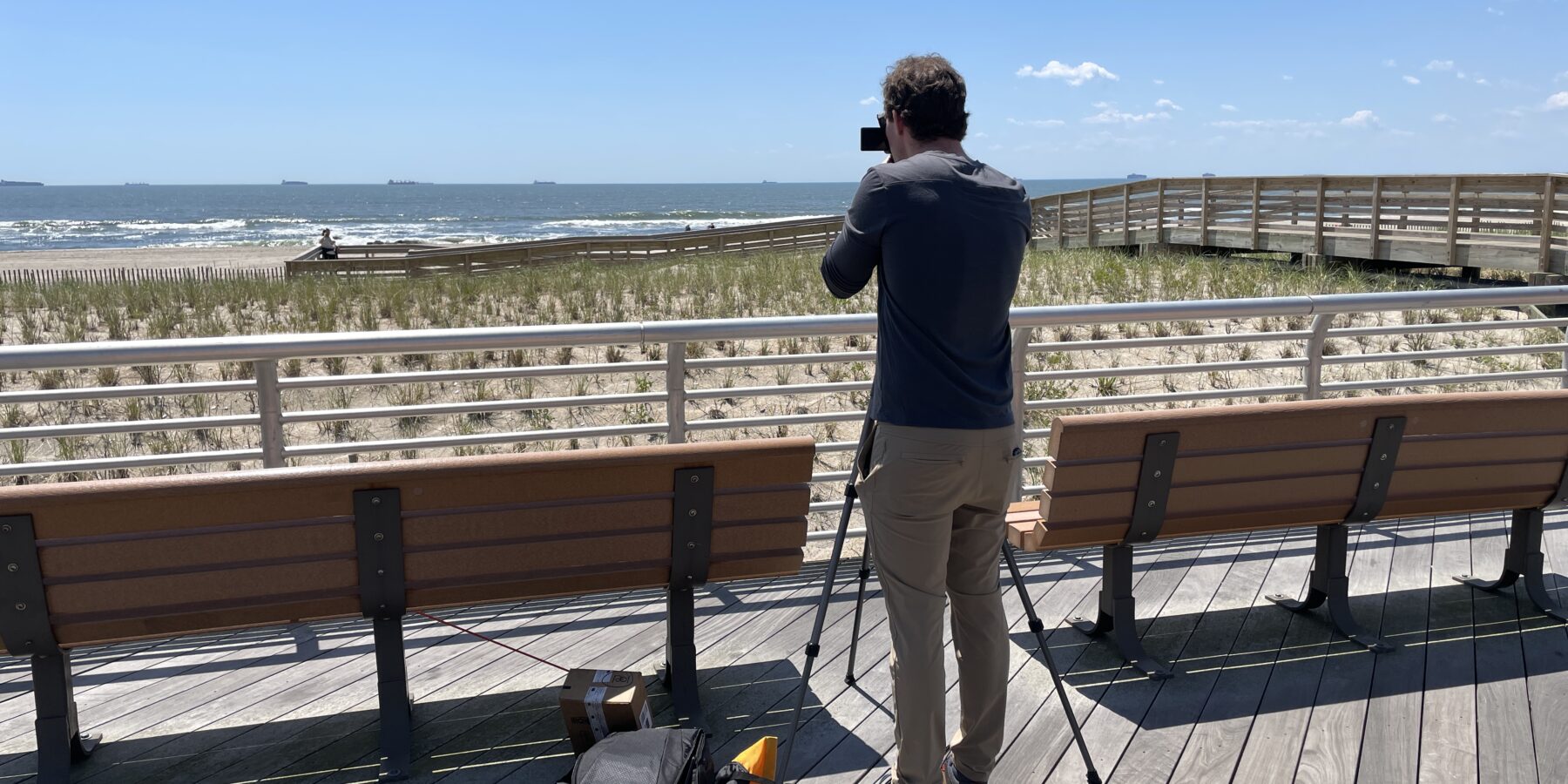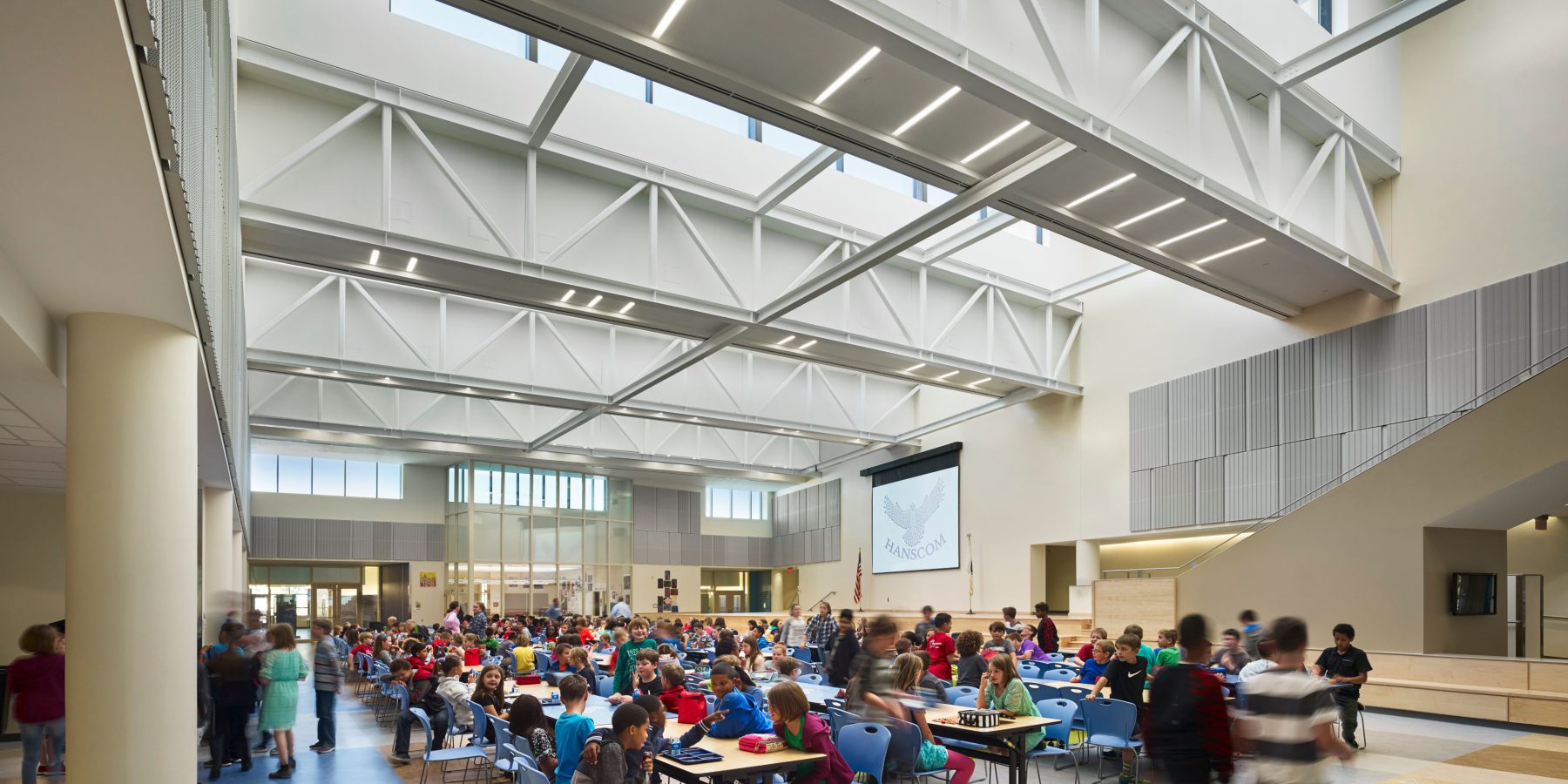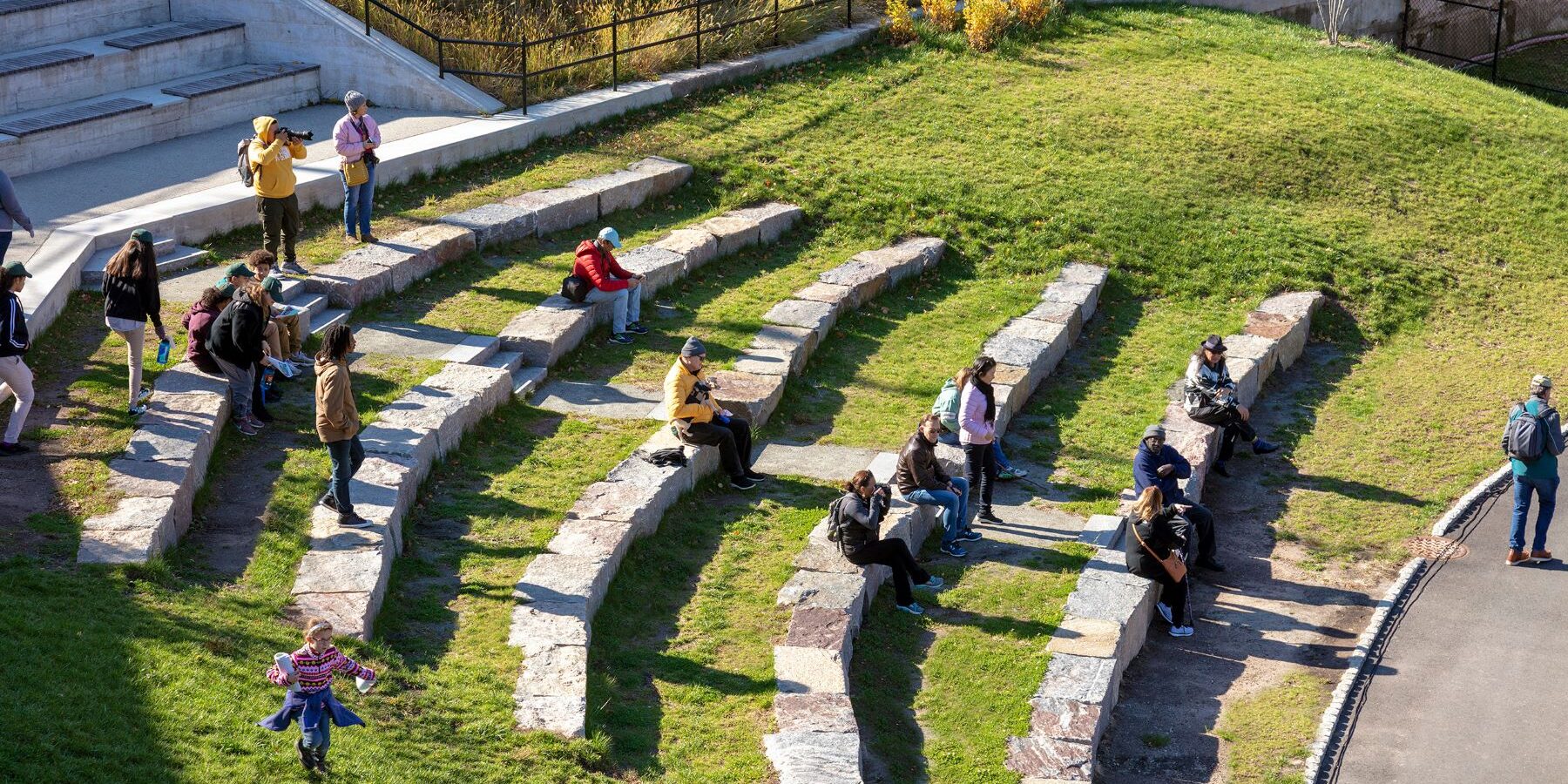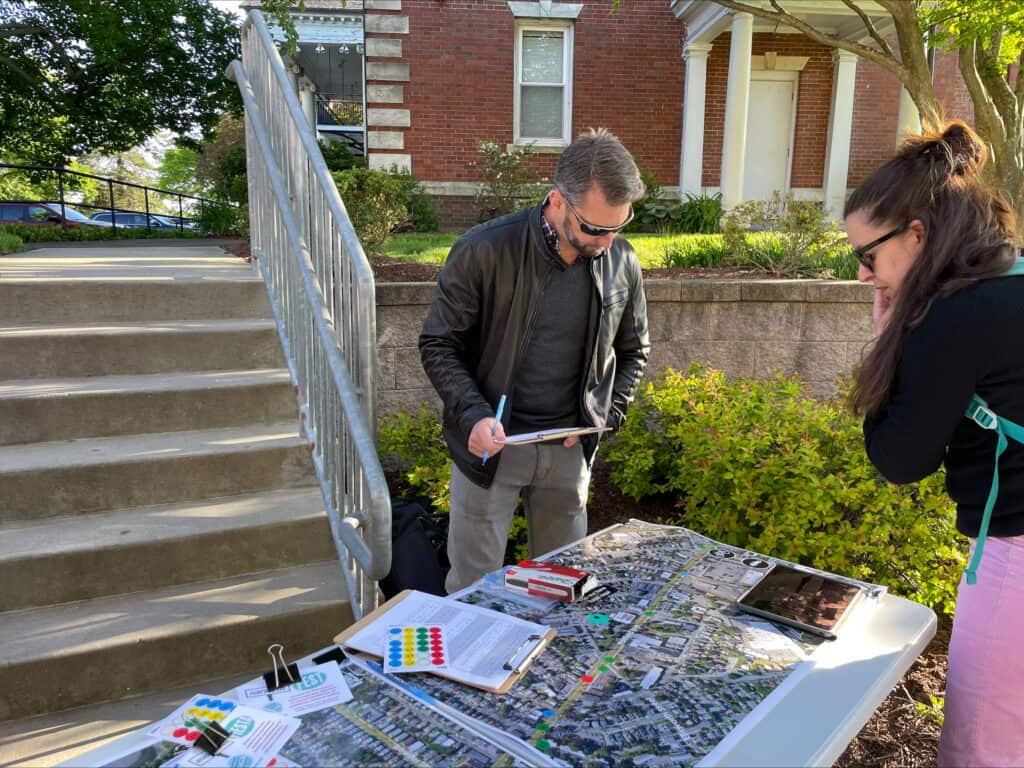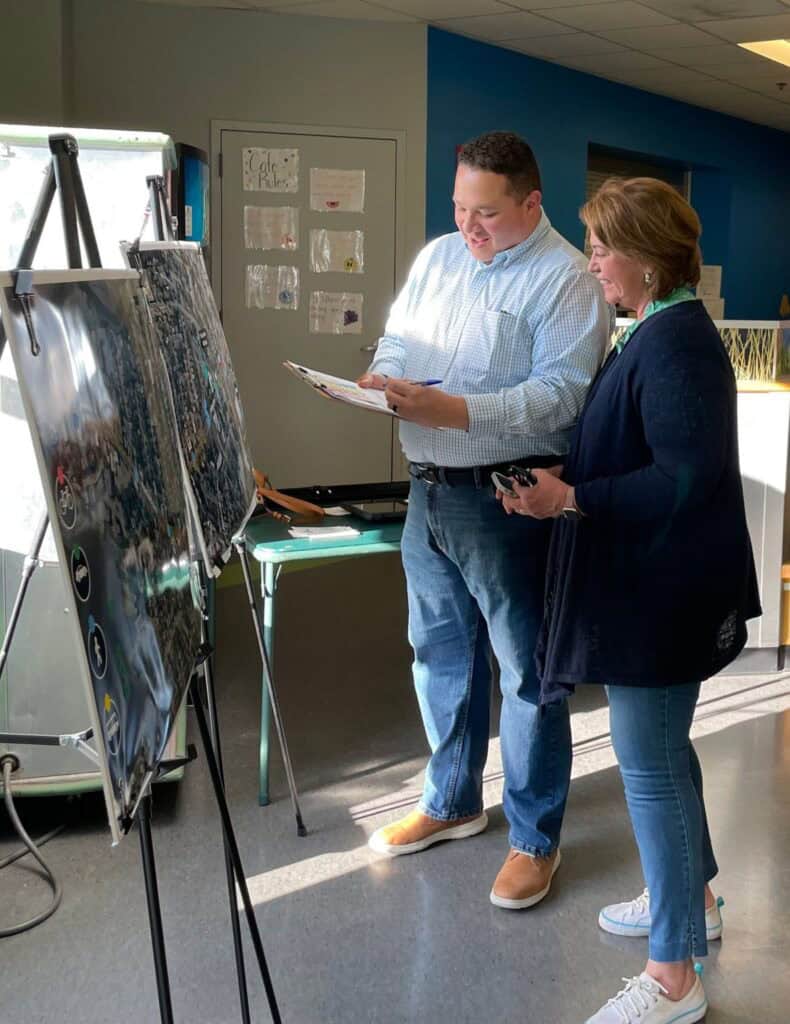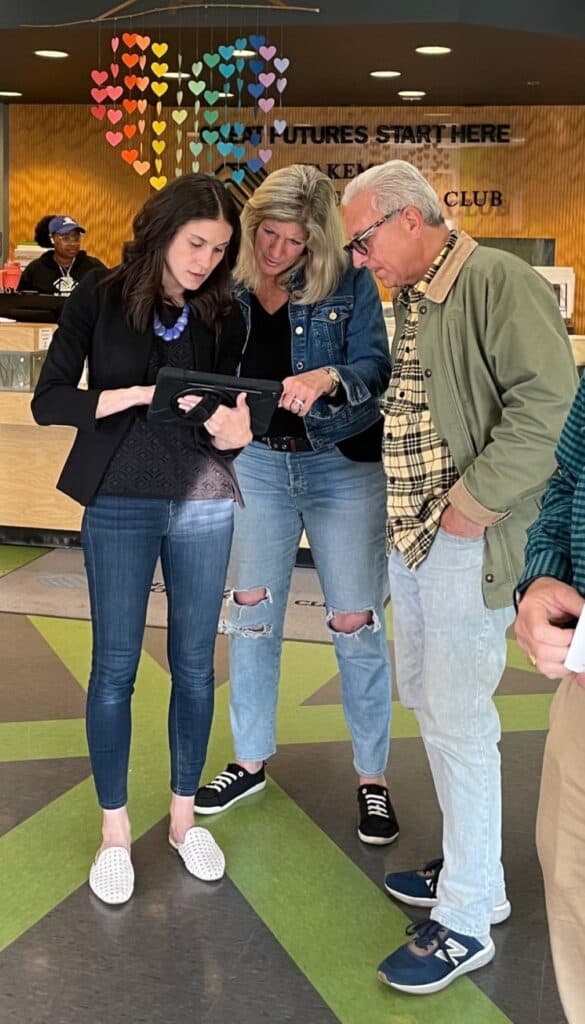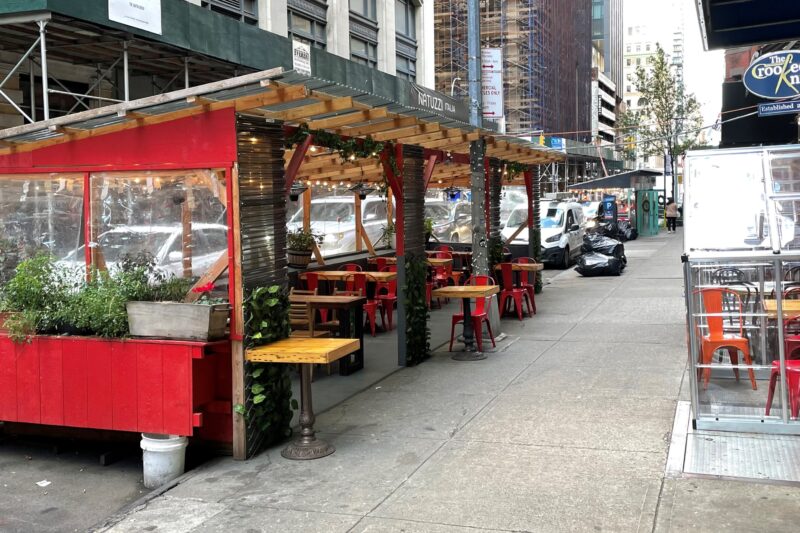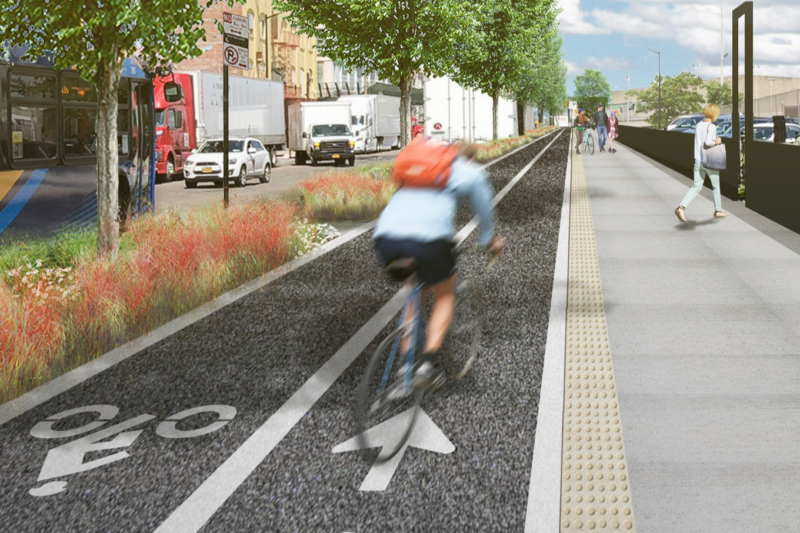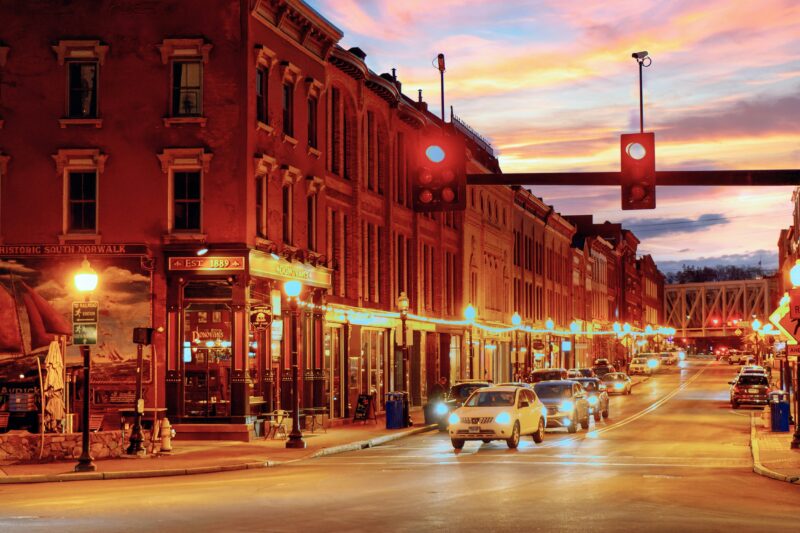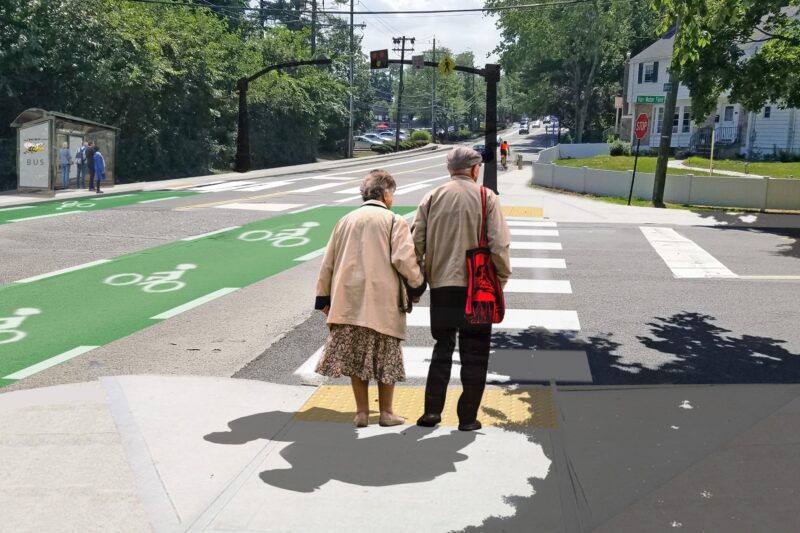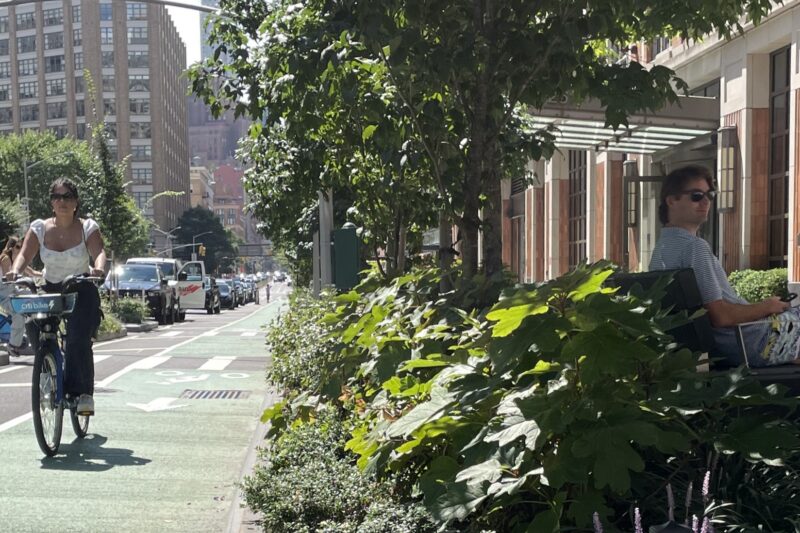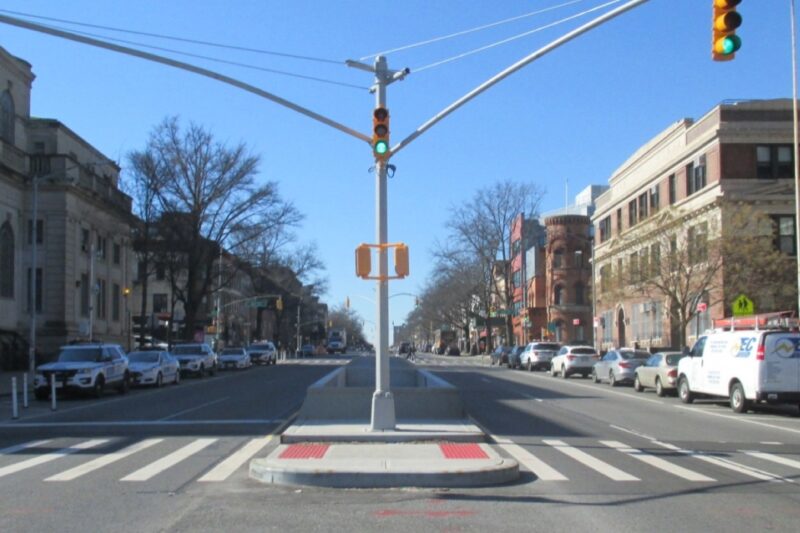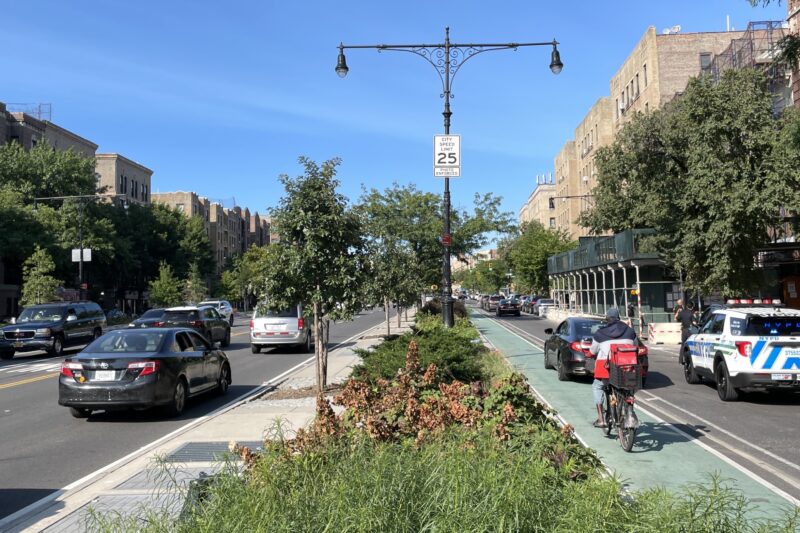Fairfield Avenue and Brewster Street Corridor Plan
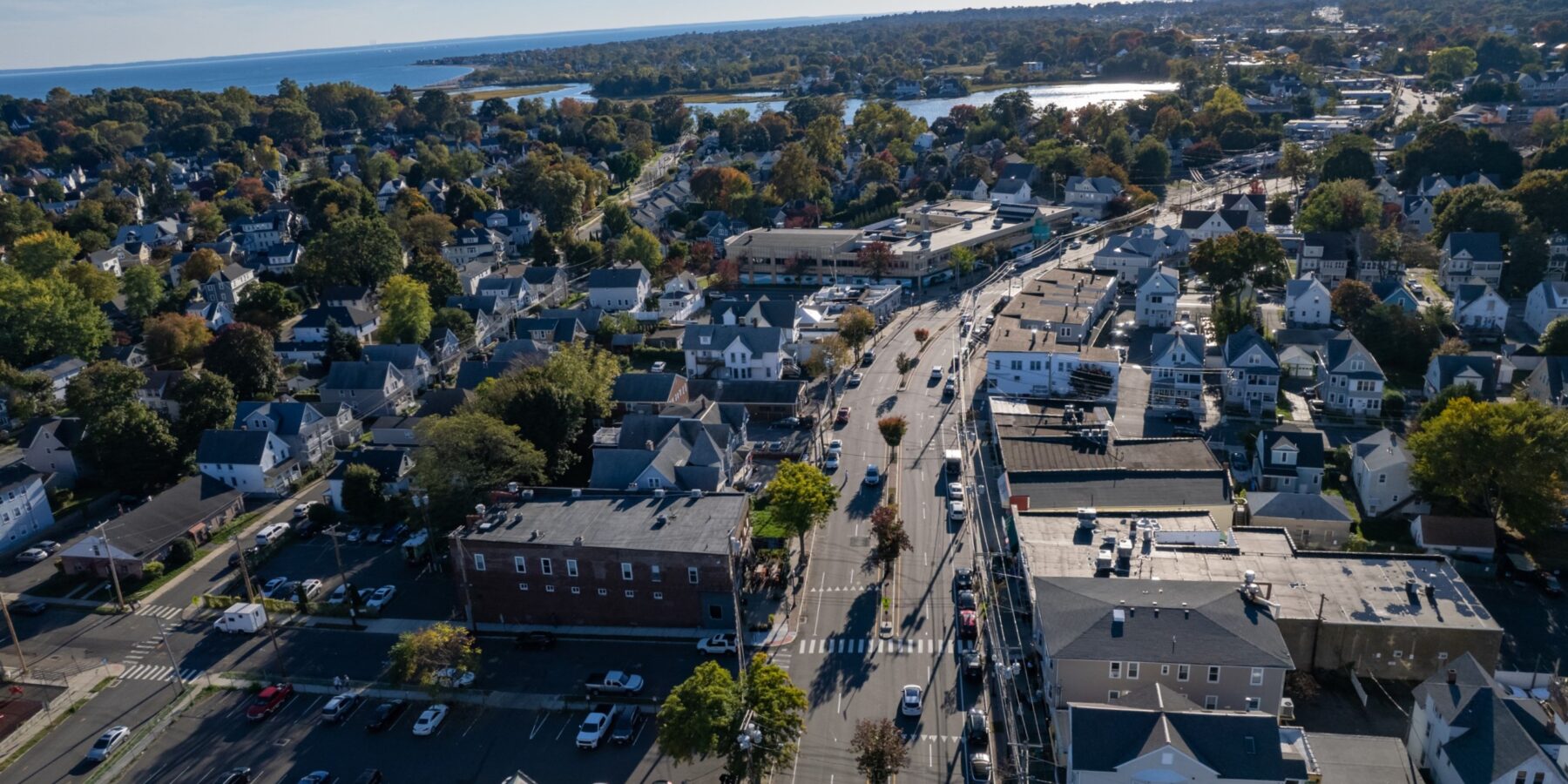
The City of Bridgeport and MetroCOG are prioritizing traffic safety in the Black Rock neighborhood.
AKRF led a consultant team in working with the Connecticut Metropolitan Council of Governments to identify improvements to Fairfield Avenue and Brewster Street that will increase safety for all modes, reduce traffic congestion, and accommodate bicyclists, pedestrians, and other transit users throughout the corridor.
The final report was published in January 2025.
Project Information
Our assessment of existing conditions included field observations and physical inventories; drone-based analyses; traffic, bicycle, and pedestrian data collection; transit activity assessments; crash assessments; intersection operation analyses; and public engagement and outreach. The engagement program included a website, online survey, in-person meetings, and the Fairfield Avenue Fest open house.
Preparing Preliminary Corridor Concepts
Our preliminary concepts for Fairfield Avenue addressed lane reductions, pedestrian and bicycle infrastructure, transit bus stop pullouts, on-street parking, green infrastructure, and traffic circulation. The focus for Brewster Street was to better define parking and travel lanes to improve safety and traffic flow.
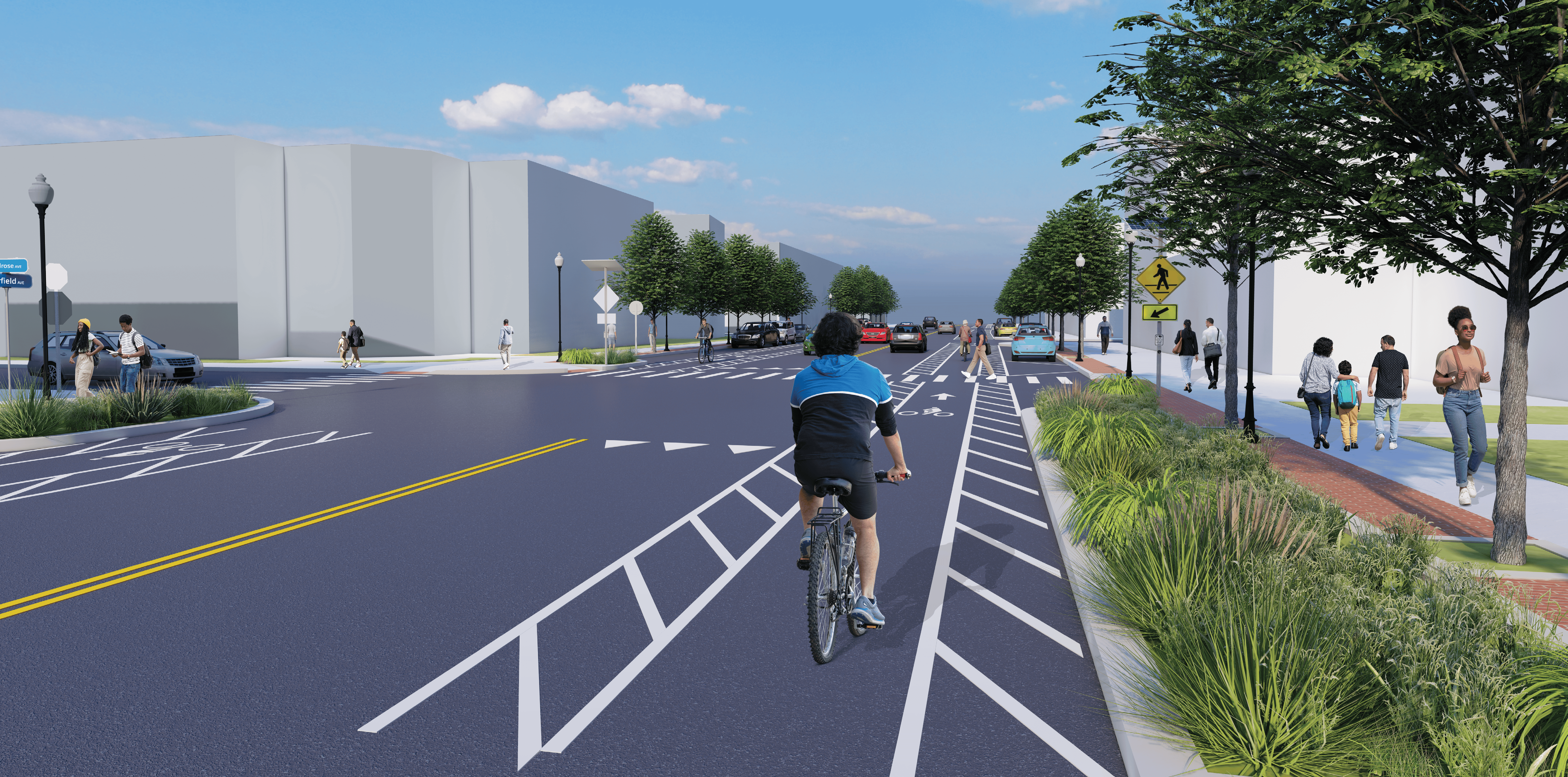
The study culminated in a comprehensive planning document to guide future development, identify roadway and intersection improvements, address capacity, and solve traffic safety issues along the corridor.
AKRF also detailed the permitting and compliance activities needed to be considered as the Corridor Concept Plan recommendations move into design and construction. These could include environmental permitting for threatened and endangered species, floodplains, and wetlands, as well as stormwater permitting.
